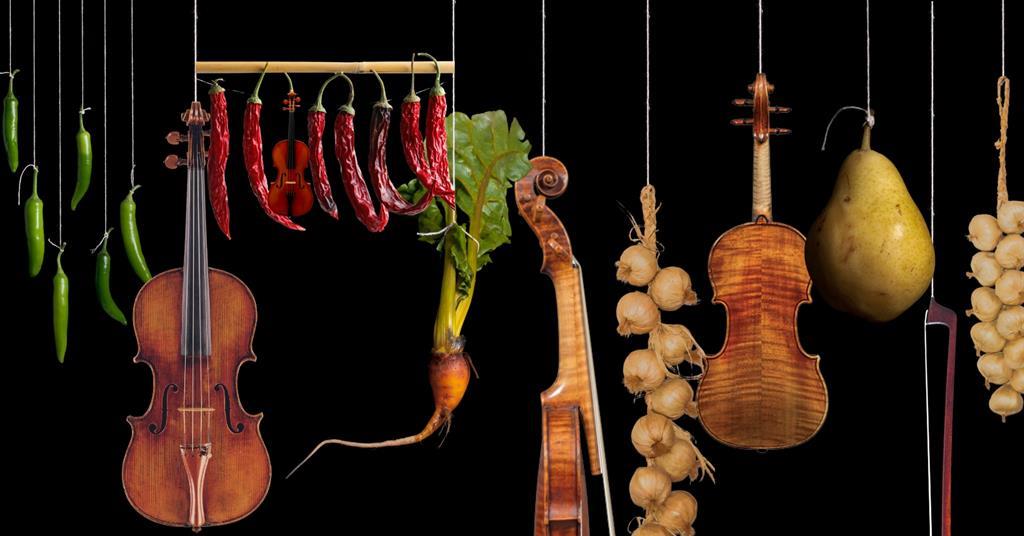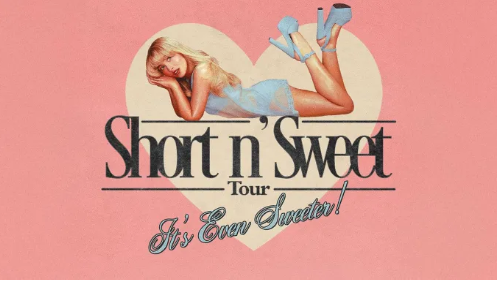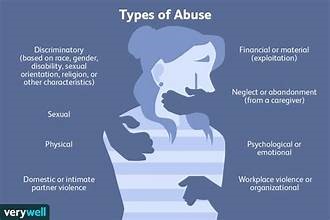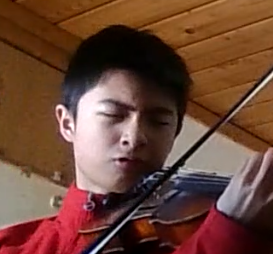When you eat, what do you feel?
For millions of Americans, what we eat is a broader indication of how we feel. Have you ever wanted to eat a hamburger when you just felt so sad that you needed two pieces of brioche buns with sesame seeds to comfort you? What about birthday cakes: Have you ever equated cakes, and other desserts, to be symbols of joy and excitement, as they represent the food eaten in celebrations? When we eat, we are channeling our mind’s thoughts into something tangible. Food sociologists have been eager to examine how this year — 2025 — will present new food trends, based on how we feel ourselves.
For context, during the COVID-19 Pandemic in 2020, comfort food was what we craved, representing how solicitude, which now the U.S. Surgeon General states is the growing cause of unhappiness and is on the verge of being classified as a crisis, tasted. Fast forward to the present day. An election has caused happiness and distraught, a young generation has been exerting “outsized” influence, a trend of hyper-individualism has grown: People are now trying to defy boundaries and risk it. This is exactly why food sociologists have predicted an increase in exotic foods — including salted duck egg yolk, rosemary-perfumed coffee, marijuana non alcoholic beverages, and Instagrammable restaurant containers for take-out delivery.
The ultimate goal for all my articles on the Charles Street Times is to link stuff, yes, even food trends, with violin. While I for one would also like to try cotton-candy flavored grapes — kudos to the New York Times for introducing this to me — I value my instrument the most. The instrument, that to my knowledge, with no neon trends yet: No cotton-flavored violin rosins yet. I digress. When musicians play, we are using the instrument hostage. We are using these violins, tubas, trumpets, and trombones to tell the listener how we feel. Without said instruments, how would we do so? Say in words? Some emotions are only present in our dictionary, with no obvious translation in English; good luck finding the English adjective for feeling the urge to sleep at 11:50 PM but still staring at the computer. With the instruments, we can show that emotion vividly: For example, I could play a quieter tone — but still with resistance — that conveys said emotion.
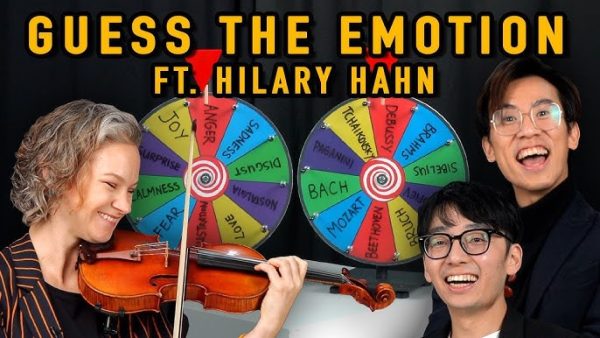
Musicians have also felt the stench and bruises inflicted on them by the COVID-19 Pandemic, with many left unemployed, stripped of savings, and depression-wounded. The only outlet familiar to them is their instrument: The breadwinner, salary maker, and medicine. This helps explains the great advent of #100DaysofPractice by violinist Hilary Hahn during this time period, where users uploaded daily videos to TikTok of their daily practicing, reminiscing for a time where the orchestra was their family and the rehearsals were family gatherings; it was to find solicitude: The same solicitude that food sociologists and the Surgeon General have diagnosed Americans with, the same solicitude that Americans flavor their food , and the same solicitude that burns the heart, only wanting to unleash the pain into something tangible — music and food alike.

